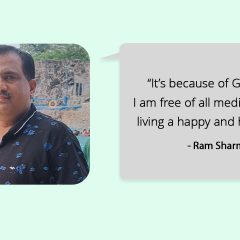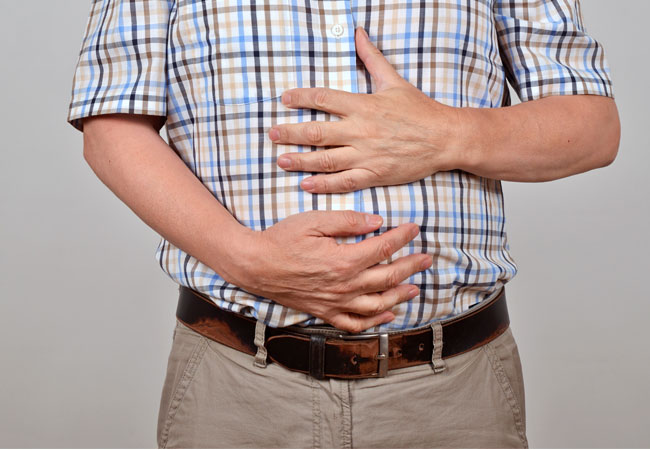
Most of us wake up and proceed to the loo. Over a period of time, this becomes a habit and we just do it blindly!
Have you ever noticed or given a thought about how is your bowel movement?
What does your poop say about your health? This may sound like a joke, but you can actually learn a lot about your health from your daily poop.
Hippocrates says…ALL DISEASE BEGINS IN THE GUT. So, we want to be sure that what’s coming out of the gut looks good.
Let’s understand more about it.
Three things to look for:
- FREQUENCY
- FORM
- COLOR
Frequency: Best bowel movement: It’s best to have at least one complete bowel movement a day. This should leave you feeling like you’ve fully emptied your bowels.
If you are having 2-3 bowel movements in the day then you may have a faster metabolism or good robust bacteria or it depends on the quantity of food you eat.
Going to the bathroom more than three times a day may suggest you’re approaching the diarrhoea zone.
So, having a clear bowel movement once a day daily is must as it’s one of our body’s greatest ways to eliminate toxins, acids and other stuff.
FORM: When our poops are properly formed, it ensures that we have digested and assimilated the nutrients from our food and are eliminating acids and toxins properly.
The BRISTOL CHART helps to categorize and gauge our bowel movements well:
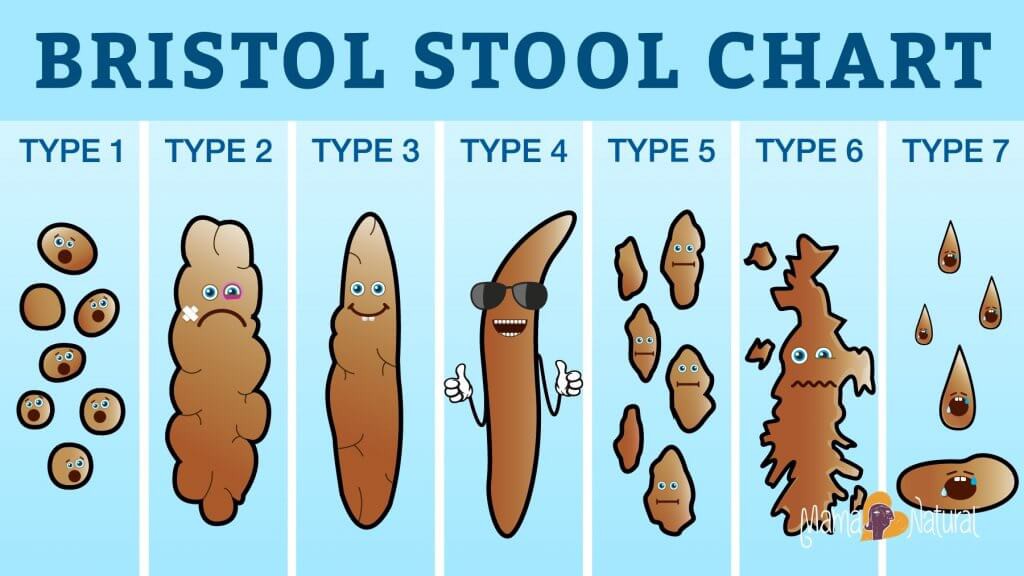
Image Credit: mamanatural-mamanatural.netdna-ssl.com
Type 1: Separate hard lumps, like little balls (hard to pass)
Type 2: Sausage-shaped, but lumpy (lack of fibre and hydration)
Type 3: Like a sausage but with cracks on its surface
Type 4: Like a sausage or snake, smooth and soft
Type 5: Soft blobs with clear cut edges (passed easily)
Type 6: Fluffy pieces with ragged edges, a mushy stool
Type 7: Watery, no solid pieces. Entirely liquid
Where do you fall on this chart?
If you are between 1-3 then it shows that your diet lacks the right amount of fibre, bacteria are missing and there is nothing to retain water. This is a sign of constipation. The lumps are hard and abrasive and may sometimes lead to anorectal bleeding.
If you are at Type 4, then you are right, It’s nice tubular shape. Think long bananas that don’t break apart when you flush. The Perfect poop comes out with ease, smells more like super-ripe fruit than something terrible and you barely need to wipe.
If you are between 5-7—then you have diarrhoea. This may also give rise to malabsorption as there is no proper assimilation of nutrients.
If your stool is too LOOSE, SOFT, watery, MUSHY then – it indicates a lack of fibre and thus you can go for BRAT Diet.(Banana, rice, apple and toast). These foods have qualities like tannins that can actually help firm up a stool for better bowel movements.
If you find your stool is TOO HARD or infrequent, add more of soluble fibre and add magnesium-rich foods to your diet. Magnesium draws water into the bowel, making the stool softer and easier to eliminate. It also relaxes the muscles in the intestinal wall, which helps with constipation.
Apples and Pears are also wonderful – two a day will keep things moving. Yoga and abdominal massage are great tools. Another trick you can try is to drop 1 drop of Peppermint essential oil into your toilet and sit down. It will stimulate your bowels and often result in a movement.
If your poop…Floats instead of sinks- You have excess gas in your digestive tract. “If you’ve been eating lots of beans, sprouts, cabbage, or very large meals, it’s perfectly normal for stool to float because of gas, and it’s not a cause for concern. However, if floaters become more common for you or you spot an oil-slick appearance, it could mean something is preventing your body’s ability to absorb fats from food. For instance, inflammation or an infection in your pancreas could prevent you from producing enough digestive enzymes. A food allergy or infection could be damaging the lining of your intestines that’s affecting absorption, too.
What does Colour indicate?
Believe it or not, colour matters! We want our stool to be a nice medium – to dark-brown colour (Think milk chocolate). Poop is normally brown. The colour is the result of what you eat and how much bile is in your stool. Bile is a fluid your liver makes to digest fats. It starts out as a yellowish green colour. But as the pigments that give bile its colour travel through your digestive system, they go through chemical changes and turn brown.
Black Poop: If your stool is black, it could be a sign of blood in your upper GI tract.
Yellow poop: This shade is also normal for many people. It’s common for babies, especially those who breastfeed. But if you have yellow poop that looks greasy and smells very bad, it may have too much fat. That could be a sign your body isn’t digesting food properly.
Green poop: If you have green poop for many days, the colour of your food may not be to blame. It’s likely that your meal moved through your gut too quickly, so the fat digesting bile didn’t have time to turn brown. It could be from fat malabsorption or liver or gallbladder stress.
PS NOTE: Keep in mind if you eat certain foods or food dyes your stool colour may change. For example, if you eat lots of beets, your stools could take on a reddish hue. And eating tonnes of leafy greens may explain why your poop is green but this colour change is temporary.
White Poop: Medicines for diarrhoea like bismuth sub-salicylate can sometimes cause pale or clay coloured poop. A more serious cause is a lack of bile in your stool. As bile gives its brown colour
Bright red: If it’s bright red, the blood likely comes from the lower part of your digestive tract. It could be due to inflammation in the colon, haemorrhoids, diverticular disease or tumour.
So, where do your poops fall on the Bristol Stool Chart? Do you have an to oy tips or practices to optimise your daily poop? Share them in the comments below. For more health-related content, explore Healthy Reads or for further guidance speak to a certified expert by subscribing to GOQii’s Personalised Health Coaching here.
#BeTheForce
 Surya Namaskar literally means Salutations to the Sun. It is a combination of 12 yoga asanas, where the body, mind, and soul are brought into complete synchrony. They are done in sets, some do 12, some 15, while some 30, depending on their endurance. Scientifically too, there are multiple benefits of Surya Namaskar. Let’s explore them in detail!
Surya Namaskar literally means Salutations to the Sun. It is a combination of 12 yoga asanas, where the body, mind, and soul are brought into complete synchrony. They are done in sets, some do 12, some 15, while some 30, depending on their endurance. Scientifically too, there are multiple benefits of Surya Namaskar. Let’s explore them in detail!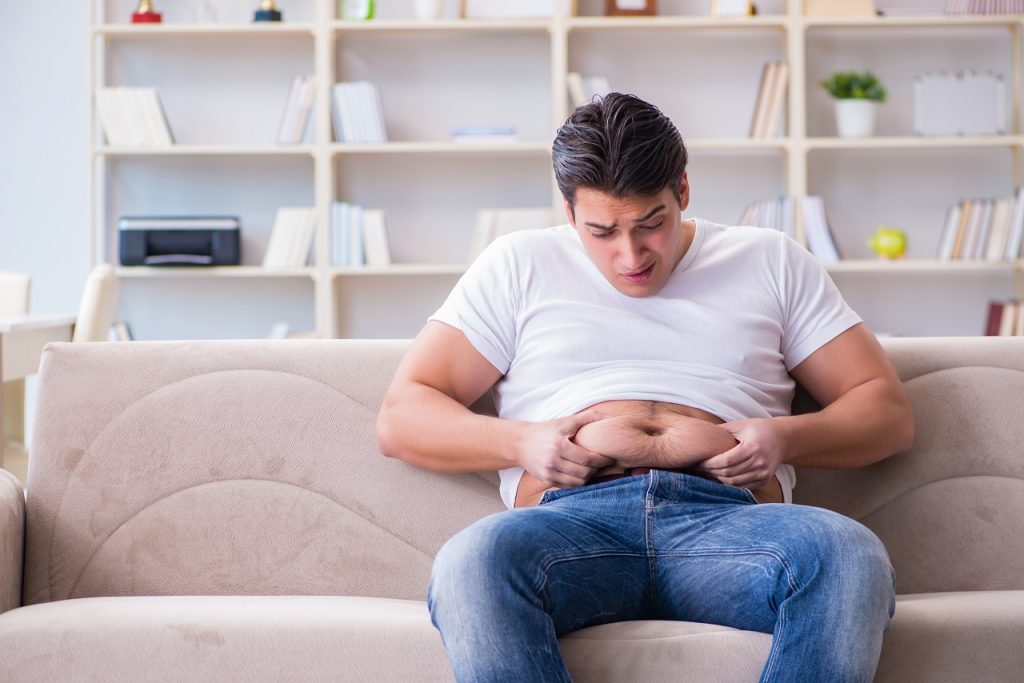 Belly fat is not accumulated in a day or two. It takes several weeks and months of unhealthy eating and lifestyle to build it. When people finally decide to lose belly fat, the first thing they wonder is ‘Why am I not losing belly fat even after exercising so much and cutting down on junk food?’ There are several reasons for it.
Belly fat is not accumulated in a day or two. It takes several weeks and months of unhealthy eating and lifestyle to build it. When people finally decide to lose belly fat, the first thing they wonder is ‘Why am I not losing belly fat even after exercising so much and cutting down on junk food?’ There are several reasons for it.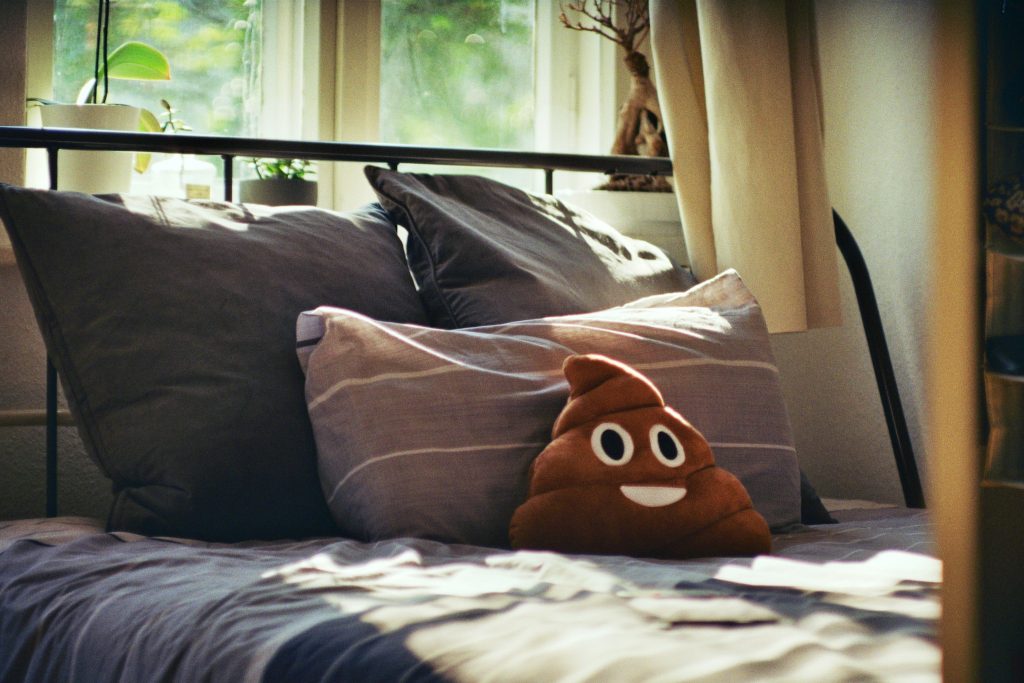 As she drifts between sleep and wakefulness, her mind brings along a sense of dread; just like a faithful pet would bring a rag doll, and wait, panting in anticipation, for her to wake up. Even before she can start to tell the difference between her own snores and the chimes of the alarm clock, the phone nudges her with notifications about the never-ending list of things to be done. She almost falls off her bed, phone in hand, stumbling from one task to another, trying to keep up with the demands of the day. She races against time, determined to make progress. But as the clock ticks on, her attempts to swim through the sea of distractions, hardly seem to work. She finishes her day feeling exhausted, with a nagging sense that very little has been achieved.
As she drifts between sleep and wakefulness, her mind brings along a sense of dread; just like a faithful pet would bring a rag doll, and wait, panting in anticipation, for her to wake up. Even before she can start to tell the difference between her own snores and the chimes of the alarm clock, the phone nudges her with notifications about the never-ending list of things to be done. She almost falls off her bed, phone in hand, stumbling from one task to another, trying to keep up with the demands of the day. She races against time, determined to make progress. But as the clock ticks on, her attempts to swim through the sea of distractions, hardly seem to work. She finishes her day feeling exhausted, with a nagging sense that very little has been achieved.




